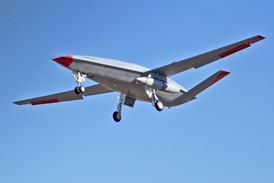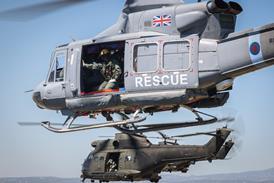Investigators state that the Eurocopter AS350B2 Squirrel helicopter which crashed in Scotland while being flown by former world rally champion Colin McRae was manoeuvring fast and low in a narrow wooded valley when it struck trees and was destroyed.
But the Air Accidents Investigation Branch cannot state the cause of the crash with certainty, because although investigators could find no evidence of technical failure, it could not be ruled out.
The Squirrel (G-CBHL) burst into flames after an impact which, says the AAIB, was more violent than any human being could have survived, even with improved survivability equipment.
McRae and his three passengers - including two children, one his own son - were killed in the 15 September 2007 accident in Lanark. The purpose of the short flight was to carry the occupants from the farm of a friend to McRae's home, where he had a helipad, and the crash occurred less than 1km from the intended destination.
Video footage shot by the adult passenger survived, and showed the aircraft being manoeuvred fast, low, with high angles of bank.
During the periods of video recording, it states, the helicopter did not fly above 500ft and was "considerably lower for most of the time".
It says the images of the altimeter indicate the helicopter flew as low as 155ft over open farmland during its preceding outbound flight, and over farm buildings at 275ft. Air regulations prohibit aircraft being flown closer than 500ft to structures.
According to the AAIB, the sound track demonstrated that the passengers were enjoying the ride.
McRae's flying licence and type rating for the helicopter were out of date, but the AAIB says this was not a cause of the accident.
"Available evidence indicated that the helicopter was intact when it struck the trees and that the engine was delivering power," it says. "The aircraft's trajectory suggested that the pilot was in control of the aircraft at the time of impact and was attempting to recover from a significant deviation from his intended flight path."
A recommendation to the manufacturer suggests that flight manuals should provide improved advice on the causes and procedures associated with 'servo transparency phenomenon', also known as 'jack stall', which makes control forces suddenly very high if a helicopter is being manoeuvred rapidly and close to or beyond its limits.
This phenomenon arises when the hydraulic system cannot meet the demands being placed on it because of a combination of control inputs and loads on the main rotor.
Source: Flight International
















